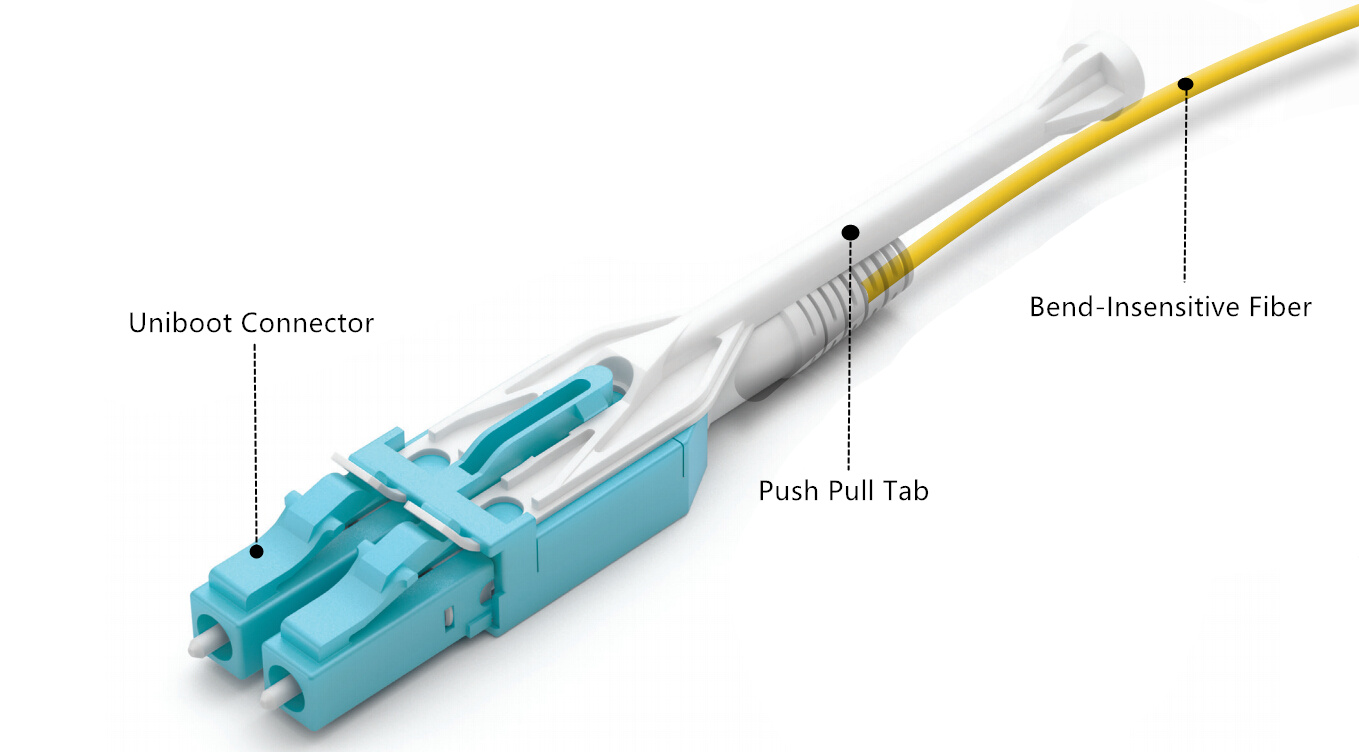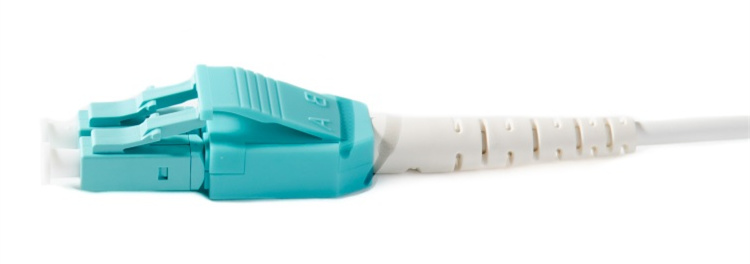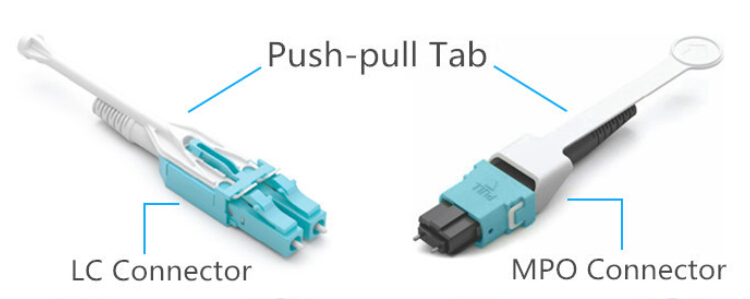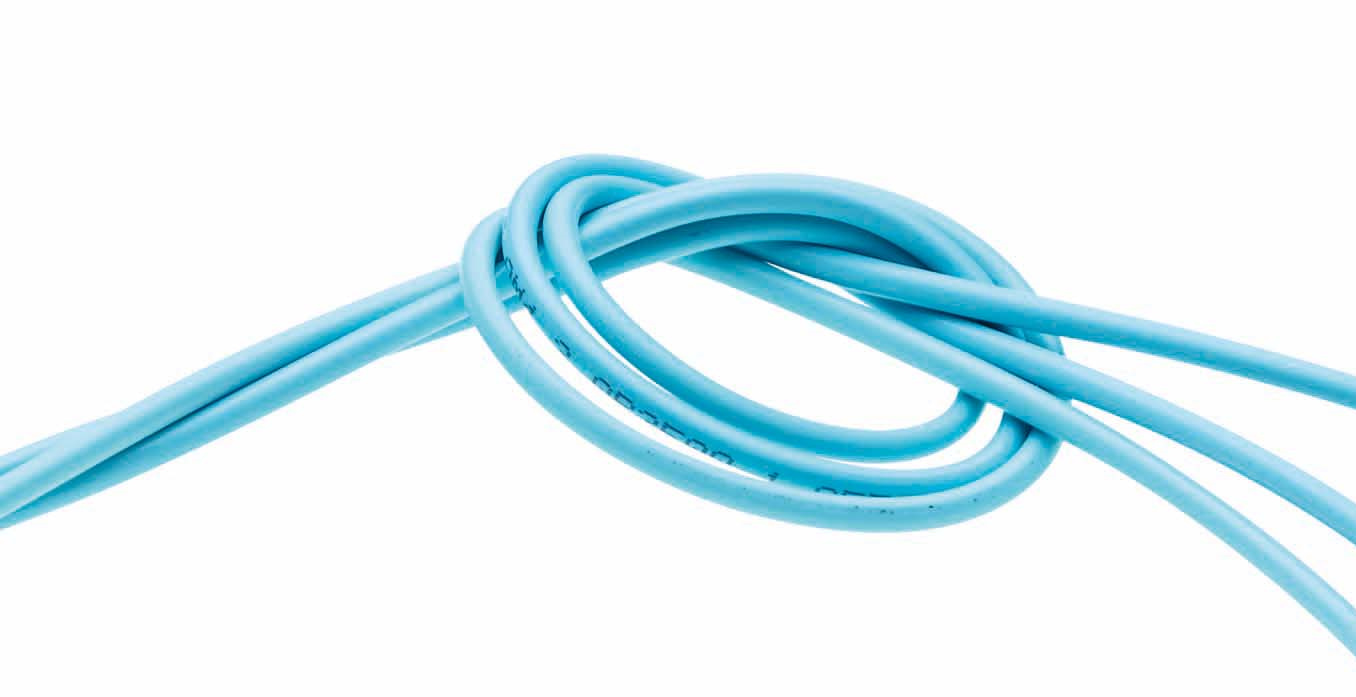Many data centers are now upgrading into unprecedented higher bandwidth. In order to realize the massive data capacity in a restricted area, reducing the connectivity space is rather important. Therefore, many high-density devices are designed to meet this requirement. One of the most popular products is the LC HD plus+ cable. It has become an effective solution for 10G / 40G / 100G applications. Why does data center constantly use this type of patch cable for equipment connections? This article will give you four irresistible reasons of choosing LC HD plus+ cable.
You may wonder what makes LC HD plus+ cable so special. From its construction, you can see the differences. LC HD plus+ cable is mainly structured with uniboot connector, push pull tab and bend-insensitive fiber. The uniboot connector combines two LC connectors into one boot housing, which means that two fibers are bundling in a single patch cord. The connector polarity is also reversible without using special tools. As for the push pull tab, it is a tab attached to the connector used for pushing or pulling the whole connector into or out of the equipment. It is also known that fibers are usually sensitive to stress, but LC HD plus+ cable is no more afraid of bending thanks to the bend-insensitive fiber.

The compact uniboot design reduces the cable management space by 68%, which has efficiently offered airflow and visibility of equipment in high-density networks. Its reversible polarity design also enables the change of polarity with a finger latch release greatly eliminating the cable congestion in racks and cabinets. In this way, uniboot connector significantly eases the issue of cable management in high-density connectivity.

When manual access to the connector is limited in areas like the slider or rear part of the connector, the use of push pull tab will greatly simplify such connectivity problem. The flexible connector can be freely extracted or inserted into the port with the help of extension tab. No tool is need for the connecting and disconnecting process which makes the use of push pull tab much simpler. Therefore, it is also an ideal solution of dense applications to save space for the stacking of devices.

In general, when fiber is stressed by bending, the light in the outer part of the core will leak out of the fiber and no longer stay in the core. This can cause huge fiber loss and lower the transmission performance. However, using the bend insensitive fiber can avoid such situation. Bend-insensitive fiber adds a layer of glass around the core of the fiber which has a lower index of refraction that literally “reflects” the weakly guided modes back into the core when stress normally causes them to be coupled into the cladding. Bend-insensitive fiber becomes more and more vital to the high-density applications where fiber bending is almost inevitable.

Apart from the above benefits, LC HD plus+ cable also supports low insertion loss. Lowering the insertion loss can achieve higher data performance. The insertion loss of LC HD plus+ cable is lower than 0.15dB due to its integrated design.
Uniboot connector of the LC HD plus+ cable perfectly reduces the space for high-density connectivity in data centers. The push pull tab and bend-insensitive fiber also simplify the installation process. FS.COM has provided the custom service for LC HD Plus+ fiber cable. Trunk cable and harness cable can all be customized with LC HD Plus+ designs. Please visit FS.COM for more information.
